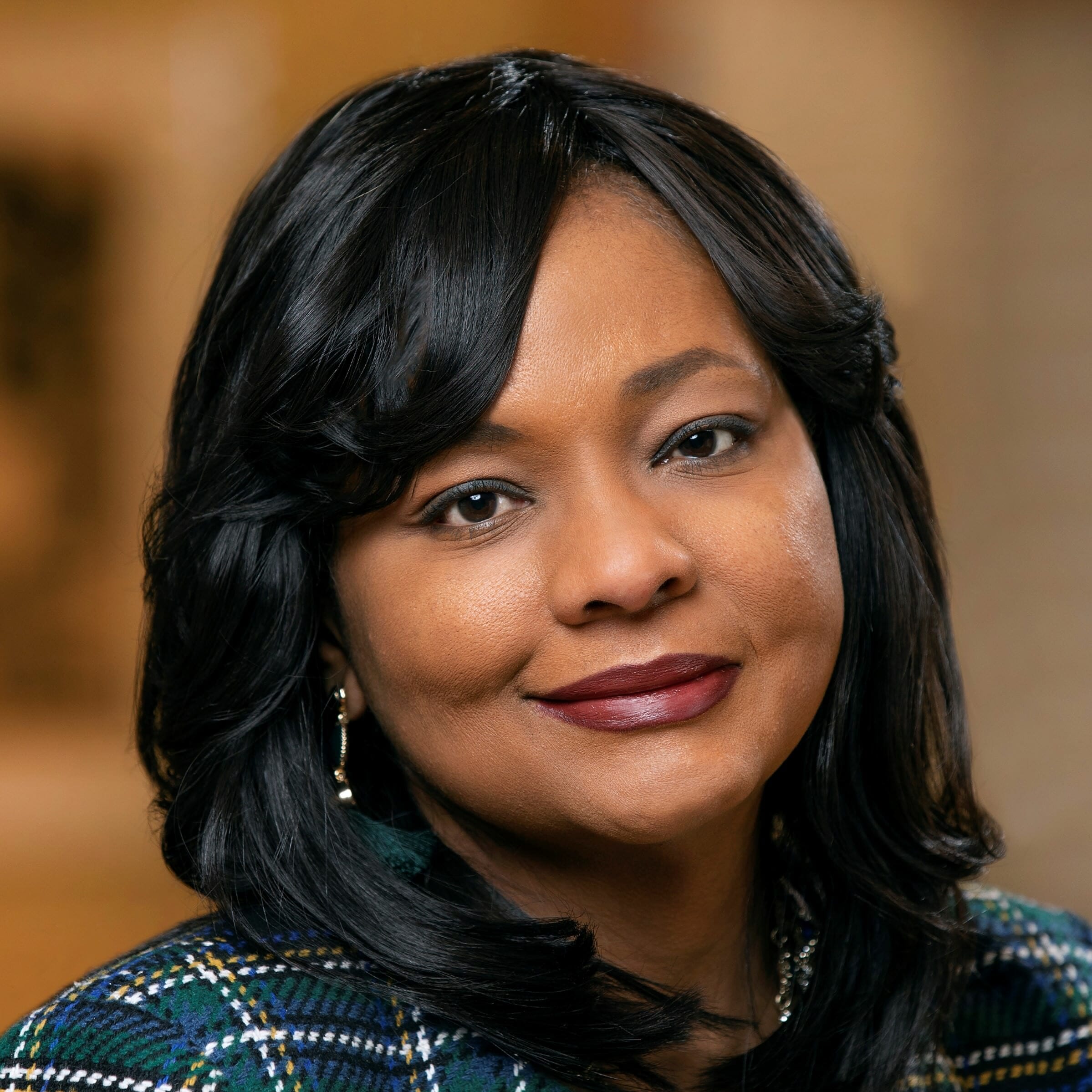
Over the past few years, the liberal arts have become an easy target in the current narrative about higher education. From politicians to parents we’ve heard a never-ending cry questioning the value of the liberal arts and bemoaning their “real world” applicability.
There is solid evidence that the long-term arc for students earning liberal arts degrees is overwhelmingly positive—personally, professionally and for our democracy. Those of us in higher education know this firsthand. Yet the prevailing narrative continues to focus on “hire-ability” and that first job out of college. There’s also a perception that liberal arts colleges take students away for four years and insulate them in a cocoon of academia before dumping them, unprepared, into the “real world.” Both of these are short-term views and provide a dangerously incomplete picture.
The Challenge: Making the Case
In fact, part of what has made the liberal arts so easy to attack is the general lack of response from within our sector. For many of us, the value of the liberal arts is so self-evident we likely never imagined a world in which we would have to not only promote, but defend, the value of critical and creative thinking, strong communication skills, an appreciation for diverse perspectives, and the various other outcomes associated with our work. And yet, this is the world within which we find ourselves.
We must be willing to directly confront and articulate the value proposition of liberal arts schools. We need to demonstrate both:
- That we can manage and help families manage the rising costs, and
- The fact that the outcome of a liberal arts education is of value and warrants the financial sacrifice needed.
We must be able to provide evidence of the outcomes that our high-touch education provides, and explain why our type of education carries the price tag that it does. Because our educational model is so human resource intensive, our costs climb accordingly. In discussing this directly, we have the opportunity to articulate that the custom experience we offer is valuable to all types of students and helps them to achieve excellent outcomes. In fact, our high engagement model is the reason why first-generation students and students of color thrive at private liberal arts colleges at exponentially higher rates than in larger public institutions. This intensive model is not free but it is valuable.
That is the case we have to make.
To do this, we need to demonstrate the specific outcomes of a liberal arts education:
- We teach the skills employers say they need.
91 percent of surveyed employers agreed that for career success a candidate’s demonstrated capacity to think critically, communicate clearly, and solve complex problems is more important than his or her undergraduate major. - We prepare students to turn information into knowledge.
We have access to more information than ever before, but there is danger in confusing information with knowledge and wisdom. We must now educate students to understand, deconstruct, and reconstruct copious threads of information, so that they can use, expand upon, and benefit from it. - We teach civil discourse.
We are facing social, ethical, political and technological problems that require complicated and thoughtful solutions. It is the liberal arts that will empower and develop young people to tackle, nuance, and resolve these issues, and that prepare young adults for a lifetime of leadership. - We equip students to transform their communities.
A graduate equipped with a liberal arts education has the capacity to change not only their own place in the world but to uplift and transform entire communities.
It is not only critical that we prepare young people to be leaders; we must also articulate how and why we are doing this. And it will not be sufficient for only insiders to have this conversation. Our sector needs to intentionally and explicitly wrestle with how and why we have lost the public trust and then implement a plan to regain that trust. This is not an effort wherein we can afford to simply compete with or deride one another. We need a concerted effort to address the concerns expressed and not merely walk away frustrated that others “don’t get it.” Instead, how can we work together to bring to the fore the evidence-based value of what we do each and every day?
The Key Players: Who Can Make this Case?
This coordinated conversation will be most powerful if it is told by three institutional constituents across institutions: faculty, boards and administrators. Given our intersecting sets of motivations, these three perspectives combine to enliven the liberal arts on our campuses and in our communities.
1. FACULTY
Each day faculty members educate young people in the liberal arts tradition. They transform lives and communities by sharing the joy of the pursuit of knowledge. Faculty are the dreamers, thinkers and doers who want to change the world through education. For students, faculty are the best representatives of the liberal arts and their voice is paramount in spreading our value proposition internally and within the academic community. We rely on their voices to animate our conversation about the liberal arts, for our students, our families and those who surround us.
2. TRUSTEES
Trustees play a unique role on our campuses and are perhaps best suited to take our message into the corporate, political and public arenas. Our trustees can play a unique role as ambassadors for liberal arts graduates by helping the public understand the clear and compelling value of our work. Their universe intuitively knows the value of what we do, given research by the American Association of Colleges & Universities which shows that 91 percent of employers agree that, for career success, a candidate’s ability to think critically, communicate clearly and solve complex problems is more important than his or her undergraduate major. Trustees can help make this implicit knowledge explicit and more widely known.
3. ADMINISTRATION & STAFF
Finally, liberal arts staff and administrators need to champion a message of engaged, experiential learning. They can reflect how we’re interacting with the world—internships, partnerships, service learning, research, study abroad and more. Staff and administrators play a part in bringing these programs to life and carrying that message forward.
The Rules of Engagement: Make a Unique Case for Your Institution
If it was ever enough to be simply a “liberal arts college,” that day has passed. Today there must be something uniquely appealing that defines us and sets us apart.
EXAMPLE
At the College of Saint Benedict, we define our academic opportunity not just by the liberal arts, but also by our structure as a college for women, by the traditions of our Catholic and Benedictine values and by our unique partnership with Saint John’s University, a college for men.
These two independent colleges share one academic program. Our unique learning experience enables us to provide a much richer collegiate experience for both the women at CSB and the men at SJU. By actively collaborating and having an interdependent partnership, we are able to offer better and more diverse facilities, significantly more academic programs and opportunities, and more experiential learning opportunities than either of us would be able to independently. Our partnership expands our, and our students’, world of experiences, enabling us to generate exceptional outcomes for our students.
You also have defining characteristics that make your campus unique in your approach to the liberal arts. Maybe it’s the innovative general education curriculum you labored over or the outstanding mentoring program you’ve invested in. We need to share within and beyond our campus walls what we are doing, why we are doing it, and what the results of these practices are.
On campus, constituents need to become more fluent and willing to have those conversations. In the coffee shop, at a sporting event, or to a group in the community, your constituents need to be able to tell a clear, consistent, and compelling story.
- What defines your liberal arts college?
- Who is sharing your message?
- How can we work together to transform the public’s perception of who and what we are?
The Win
The proven and enduring value of the liberal arts demands and deserves our defense.
On July 9-11, 2018, the College of Saint Benedict and Saint John’s University will host Liberal Arts Illuminated, our second national conference for faculty, presidents and senior administrators, trustees, policy makers, and external partners. Our topic of discussion is: Reframing the Narrative: Leadership Toward Inclusive Excellence.
We invite you to join us this summer and participate in this critical inquiry and conversation.
More articles by Mary Hinton:
How Can Liberal Arts Education Help Our Campuses Become More Inclusive?


